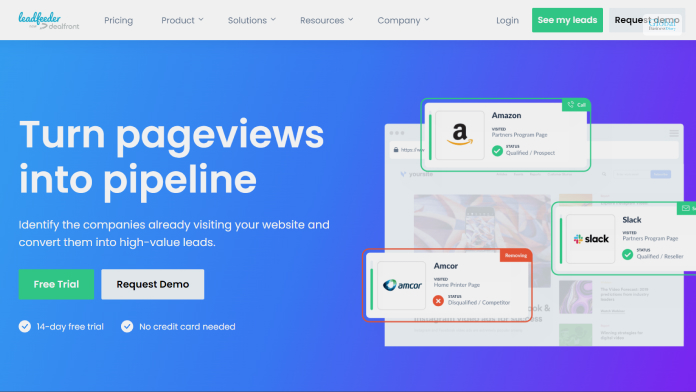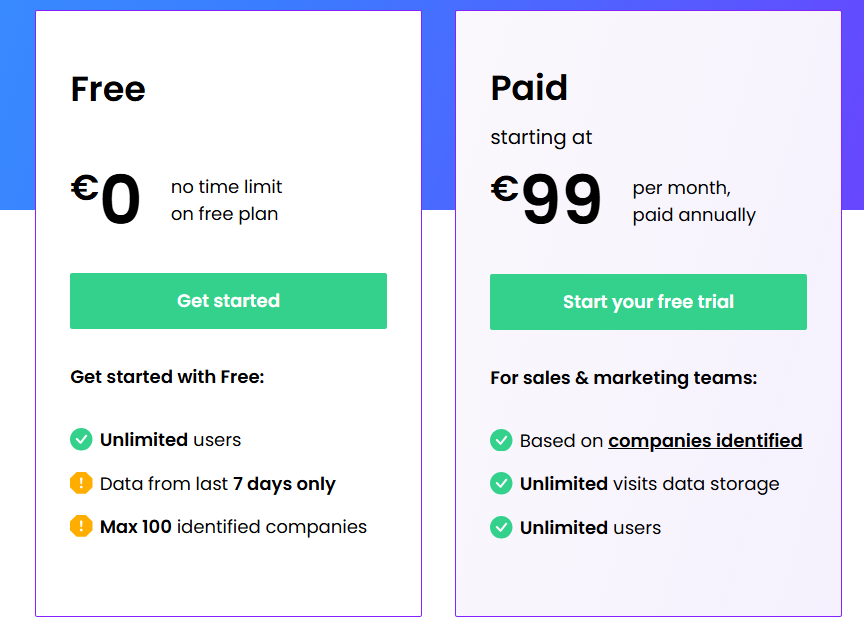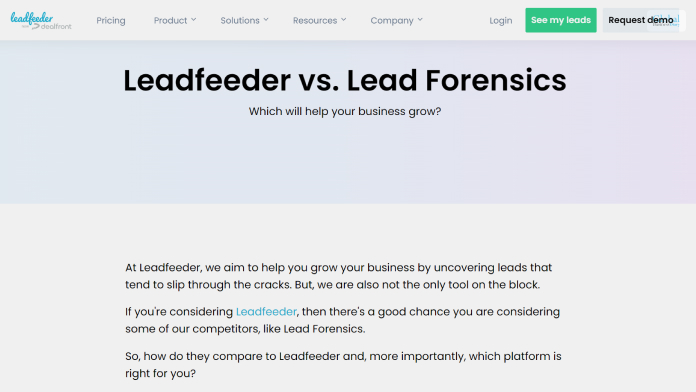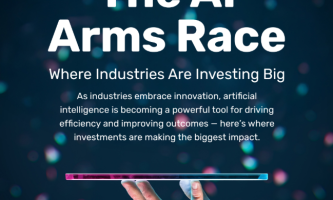Leadfeeder 2023 Costs, Specifications, Evaluations, And Alternatives

Leadfeeder is a software platform where you can generate leads and essential reports and analyze marketing trends. Once you do a Leadfeeder Login, you will find various tools that will help you to increase your business’ productivity and sales. It uses a network domain from Google Analytics, with the help of which you can get access to quality leads for your business.
In this article, you will get a review of Leadfeeder B2B. The first part comprises a general overview of the software platform. Then, we will explain the pricing of the app as well. Next up, we will share with you the major features of Leadfeeder, in addition to a comparison with another platform called Leadforensics.
Furthermore, you shall learn the pros and cons of Leadfeeder. Finally, we will share the biggest alternatives you will find in regard to the software. Hence, to learn more about this software, read on through to the end of the article.
Leadfeeder – A General Overview

According to the official website of the platform,
“Leadfeeder is a website tracking script that combines data from your website and Google Analytics to tell you not just who visited your website but where they work, how long they stayed on your site, what pages they visited, and whether or not their company matches your ideal customer profile.”
The website helps you to find out the leads that can help your business to grow. The website platform comes with software tools that you can use to filter your leads for your business. Hence, you shall be able to locate the best options for your business, the ones that are of the best quality.
The automation features also help you to set alerts and come with various reporting features, which help you to identify those users that visited your site. You can then find out what are the candidates that are potential for sales.
Leadfeeder Pricing

According to Leadfeeder’s official website,
“Powerful data is great — but if that data stays siloed in a tool you never remember to check, then it won’t do you much good. Leadfeeder uses integrations to put the data we gather to where ever you need it most — whether that’s in your CRM, email platform, or even Slack.”
Once you try to purchase the services of the platform, you will get a free trial for 14 days. However, when it comes to pricing, there are two options – A free one and a paid one.
| Plan | Price |
|---|---|
| Free | €0 |
| Paid | Starting at:€199 per month (annual billing) |
Leadfeeder – What Are Its Major Features?

Many people try to compare Leadfeeder and Lead Forensics. However, in most cases, leadfeeder comes to the top. The following are some of the major features of Leadfeeder that you must know:
- The website platform offers you transparent payment terms, which is not available with many other alternatives. You will only pay for the leads that Leadfeeder identifies for you.
- There is an all-time free plan that this platform offers you. Furthermore, in the first seven days, you can avail yourself of the best features as well.
- The automated features offer you notify you about your leads and opportunities. You can set up notifications as per your needs.
Apart from these features, Leadfeeder also offers you customer support as well. According to the official website,
“We offer live support via chat and email from support hours are 10:00 AM – 11:59 PM EET (3 AM – 5 PM EST), Monday to Friday, excluding holidays or special events.”
Leadfeeder Vs Lead Forensics – Major Features

Most of the basic features are similar between Leadfeeder and Lead Forensics. However, there are some major differences that need to be highlighted:
- Leadfeeder offers you data about lead scoring, while Lead Forensics does not.
- Although Lead Forensics offers you Slack integration, it provides you with a third-party platform.
- The Google Analytics Integration of Lead Forensics also comes with a third-party source.
- Lead Forensics offers you less number of CRM integrations as compared to Leadfeeder.
- The cost of Lead Forensics is almost four times as high as compared to Leadfeeder.
Hence, you can see from here that Leadfeeder is the clear leader when it comes to the features offered in one platform. Furthermore, on various review platforms, we have seen that Leadfeeder is the sure winner.
Major Pros And Cons Of Leadfeeder

According to Compare Wise,
“(Leadfeeder) is a great way to stay ahead of the competition by becoming aware of the various companies and their needs. You’ll have access to each potential client’s information for the contact, which gives your business an opportunity ahead of others.”
Here are the major pros and cons of Leadfeeder that you must know of:
Pros Of Leadfeeder
The following are the major pros of Leadfeeder that will benefit your business a lot:
- There is a free option available but with limited features. However, if you are a solopreneur or a freelancer, this option is great for you.
- With high-grade analytic tools, you will get a better potential to increase your sales.
- Leadfeeder helps you to organize your sales funnel better.
- You will have the option to get real-time insights and valuable data.
Cons Of Leadfeeder
The following are some of the cons of Leadfeeder that you must be aware of:
- The premium option available is a bit high. However, it comes with enough features for a business to get amazing insights.
- Not beginner-friendly. You will need to strategize beforehand if you want to make the most out of Leadfeeder.
Leadfeeder Competitors
The following are the major competitor alternatives of Leadfeeder that you must know of:
- Affinity
- Intercom
- Leadpages
- Kajabi
- Pipedrive
- Lusha
- LeadIQ
- Salesforce Marketing Cloud Account Engagement
- Hunter
- Lead Forensics
Summing Up
Hope this article was helpful for you in getting a better idea of Leadfeeder as a software platform for better lead generation. If you want affordable software to get high-quality data and analytics related to your leads on your website, this one is the best platform for you. Share your own reviews regarding the platform in the comments section below.













